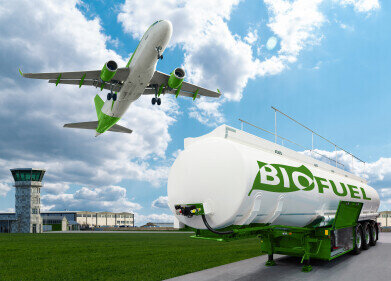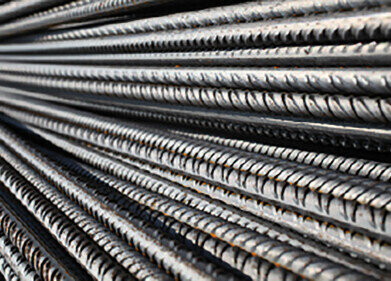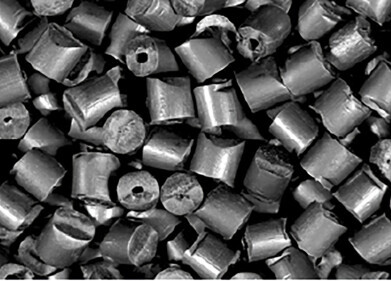Biofuel Industry News
How Did an Offshore Oil Rig End Up on Land?
Aug 17 2016
Offshore oil platforms extract oil and gas from the sea. They can store the resources temporarily until they’re brought back to shore. As well as being heavy from the stored oil, anchors such as chain and wire rope hold the platforms in place. So with all this in mind, how exactly has an offshore oil rig made its way to the land on the coast of Scotland?
Different types of oil rig
With a variety of locations around the world, there is a need for several types of oil rig. The Petronius Platform (a compliant tower) in the Gulf of Mexico and Canada’s Hibernia platform (gravity-based structure) are two of the largest in the world. But in this case, the oil rig was located off the west coast of Scotland and was semi-submersible platform. This means there are four columns for buoyancy, which can be altered, as well as the potential for relocation. The relocation can be carried out either by carrying the whole platform on a ship, or – for smaller platforms – by using tugboats.
Blown ashore
It’s thought that the 17,000 tonne rig was involved in a harsh storm that caused it to disconnect from the tug boat. High winds off the coast of Scotland, around the Isle of Lewis, then blew the rig ashore before it reached the land at Dalmore.
"Overnight on Sunday, Stornoway Coastguard was in communication with the tug Alp Forward which encountered severe weather west of the Isle of Lewis, Scotland during a towing operation.”, said a spokesperson for the Maritime and Coastguard Agency.
"At 4.20am on Monday, the master of Alp Forward reported that the tow line had parted and due to the severe weather conditions was unable to reconnect the tow line and the rig is at risk of grounding on the west side of the Isle of Lewis near Carloway. The tug Alp Forward remains on scene to visually monitor the rig.”
Pollution risk
Despite the 280 tonnes of diesel on-board the platform, the coastguard has insisted the pollution risk is low. Measuring the pollution levels can be complicated though. To determine the amount of oil in water is challenging. Oil comes in many forms and isn’t a unique entity, but also there are a number of analytical methods that can be used. ‘Will Your Oil in Water Analysis Method Match the Regulatory Method?’ discusses the importance of precision in oil measurement and explores the different methods.
Digital Edition
PIN 25.2 Apr/May
May 2024
Safety - Carbon monoxide toxic and flammable gas detection Analytical Instrumentation - Density: A fundamental parameter at critical stages within the petroleum sector - Advancements and...
View all digital editions
Events
May 13 2024 New Orleans, LA, USA
May 14 2024 Tashkent, Uzbekistan
May 14 2024 Oklahoma City, OK, USA
May 15 2024 Lund, Sweden
May 15 2024 Copenhagen, Denmark


















